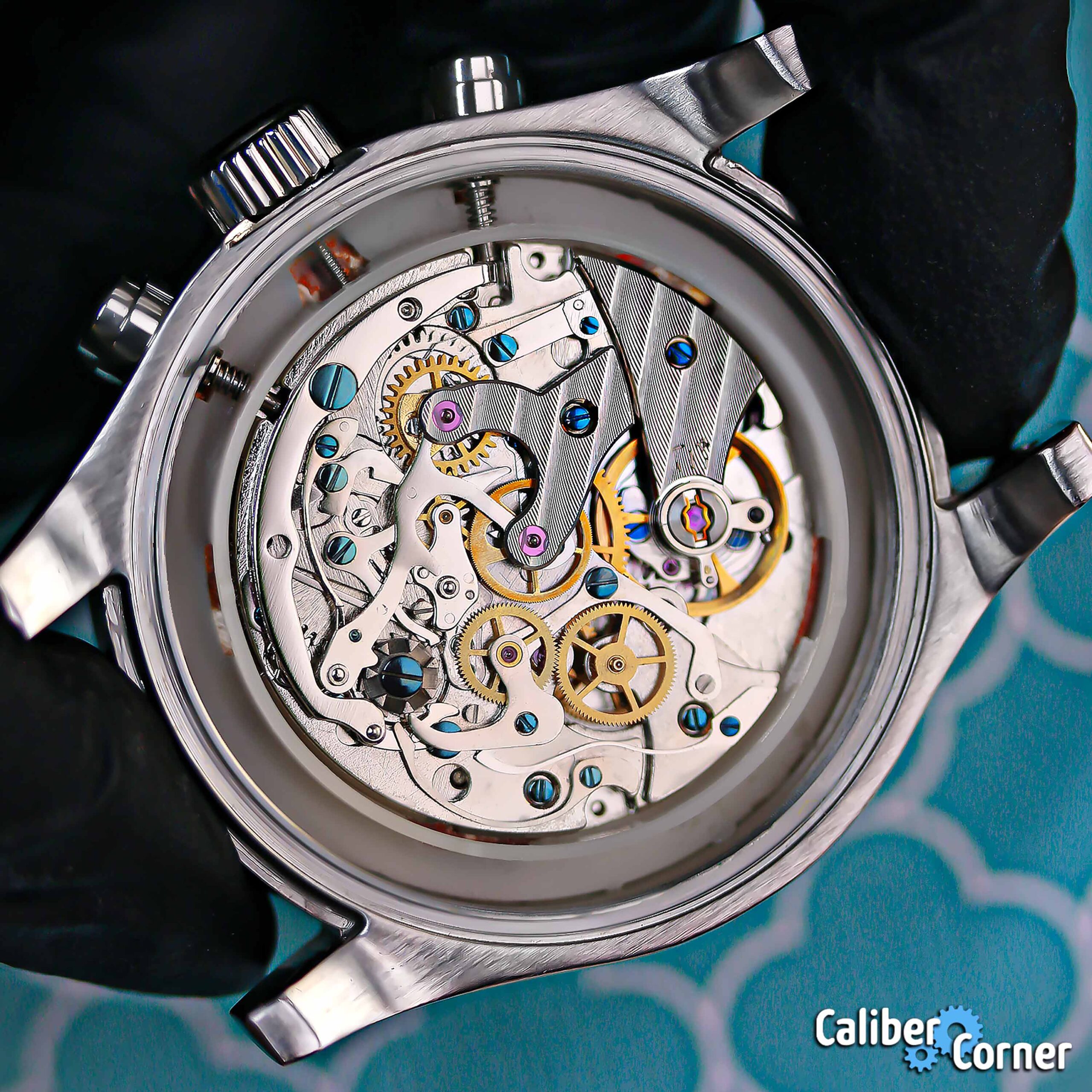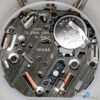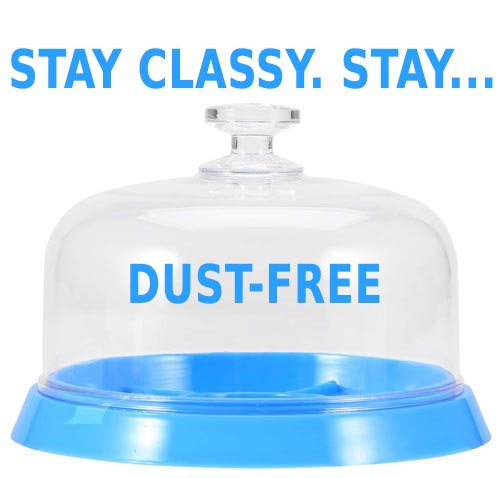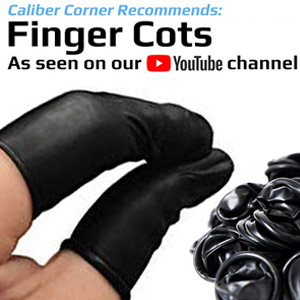
Rolex’s Parachrom Bleu Hairspring is an in-house hairspring comprised of a paramagnetic alloy – made from metal, not silicon.
The technology behind this hairspring was first introduced by Rolex in 2000.
Some of the topics covered in this caliber listing:
What was the first Rolex watch with the Parachrom Bleu Hairspring?
Many sites incorrectly state that the 116520 Daytona caliber 4130 was the first movement to feature the Parachom Bleu Hairspring. Technically a “Parachom” hairspring was indeed first used in Daytona watches starting in 2000, but it wasn’t blued. Improvements and the blue color came in 2005.
Which calibers have it?
The Parachrom Bleu Hairspring was used in the 18K gold with green dial GMT-Master II (116718) and Rolesor (extra way of saying two-tone) GMT-Master II (116713) ceramic bezel watches since 2005.
Marketing-wise, however, the first notable push of new blue hairspring was at Baselworld 2007, when they released the all stainless steel GMT-Master II Ceramic (116710) with the caliber 3186.
Today, every Rolex caliber is equipped with a Parachrom Bleu Hairspring.
Bleu or Blue?
“Bleu” is not a typo, it’s French for the word blue. For years, Rolex referred to this hairspring as being Parachrom Bleu, but as of this post they write it as Blue Parachrom. Some folks even write it as Blu.
Rolex loves to make up and use fancy verbiage for their products, and the story is no different in this case. Parachrom is said to be a combination of the words: paramagnetic and chrom.
When something is paramagnetic, it does not retain magnetism and is weakly affected by magnetic fields. “Chrom” comes from the Greek word for color which is chrôma. Bleu, as noted is French for blue.
In Rolex’s Own Words:
“After five years of research, Rolex created the blue Parachrom hairspring. Crafted from a paramagnetic alloy, it is unaffected by magnetic fields and up to 10 times more resistant to shocks. Historically, the unique blue colour of the hairspring has been a sign of prestige reserved for only the most accurate timepieces.”
Until the introduction of this hairspring, Rolex was using Nivarox (short for Non-Variable-Non-Oxidizing) hairsprings. Nivarox is owned by the Swatch Group, Rolex’s most fierce competitor.
Additional Resources:



 network of watch sites
network of watch sites





















Trending Comments
Longines Caliber L836.6
The differenece is the beat rate. 3Hz vs 5Hz. 6 beats/s vs 10 beats/s.
Orient Caliber F6922
I've had my Mako and Ray Orient watches with these calibers, I guess. Their performance…
Invicta Caliber JSD-006ZY
Apart from the fact, that there is no further information about this caliber anywhere, it…
Seiko Instruments (SII) Caliber VH31
the VH-31 movement coupled with solar or kinetic in a Seiko watch would sell like…
Miyota/Citizen Caliber 9051
I have the 9051 in my Fujitsubo, it appears to be within 3 seconds. I'll…
Active Caliber Listings
It might be a Chinese Standart-movement aka Tong Ji aka 7120 / SS7 with an…
Thank you for sharing your experience with the community. If possible, please submit images of…
Apart from the fact, that there is no further information about this caliber anywhere, it…
This £80 lorus has the y676c with Japan on the rotor
Minute hand on some ETA's 2-hand quartz movements run every 20 secs so that the…